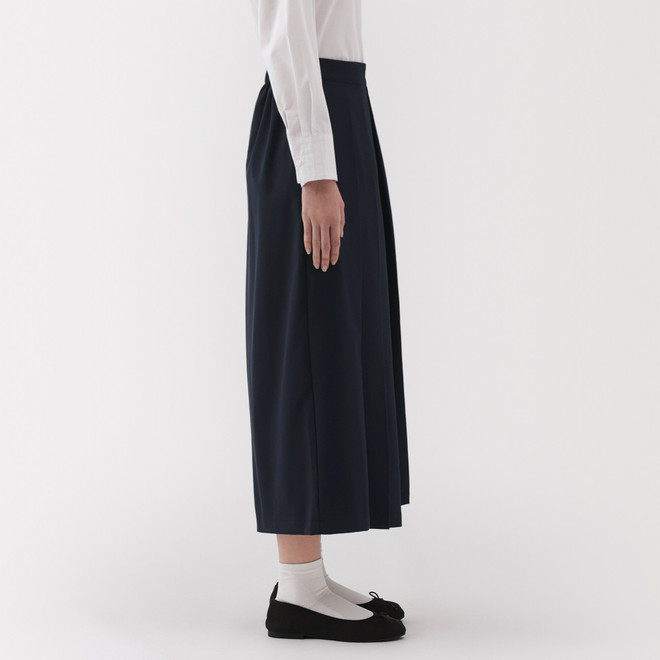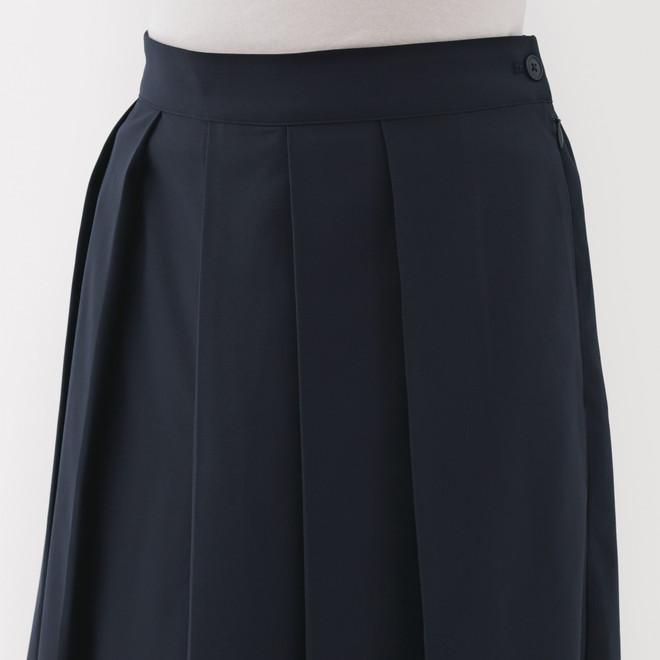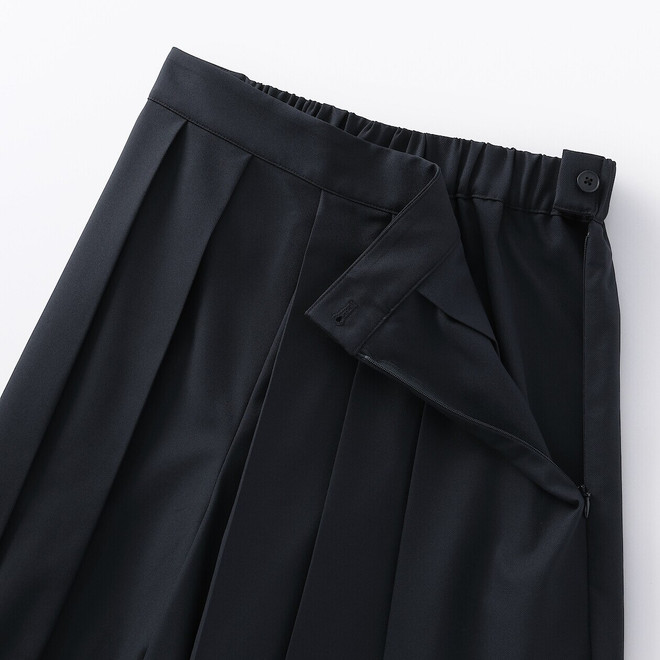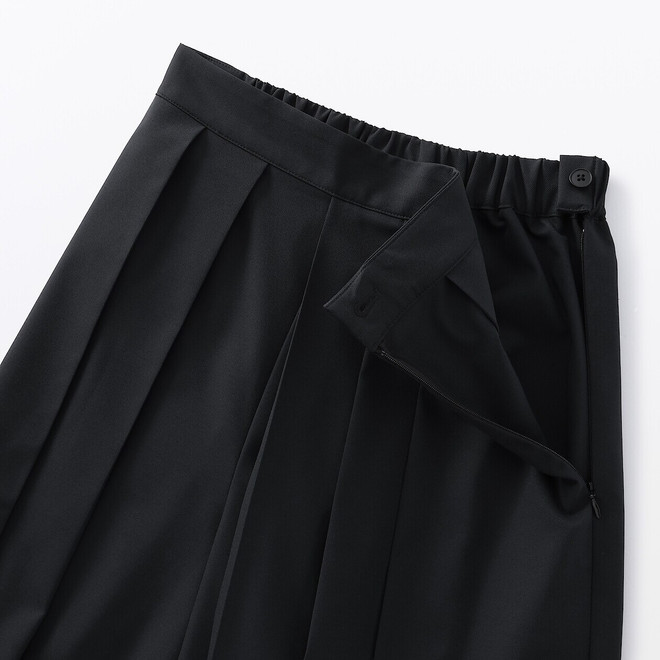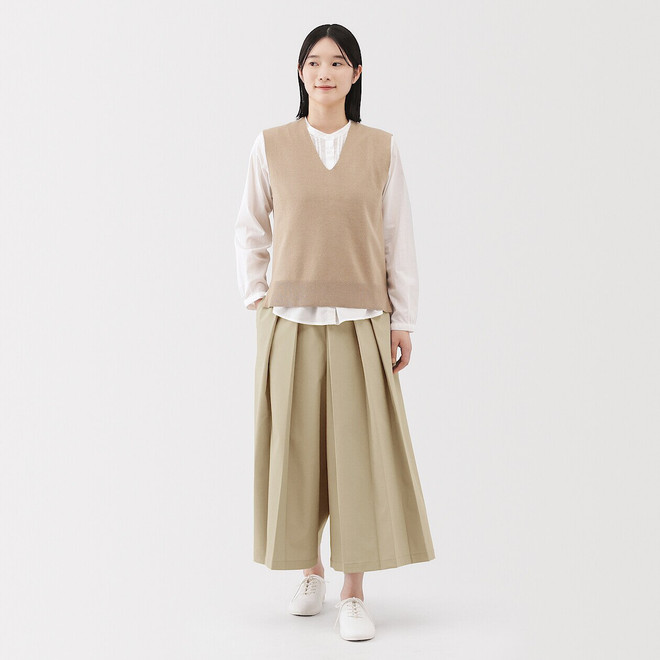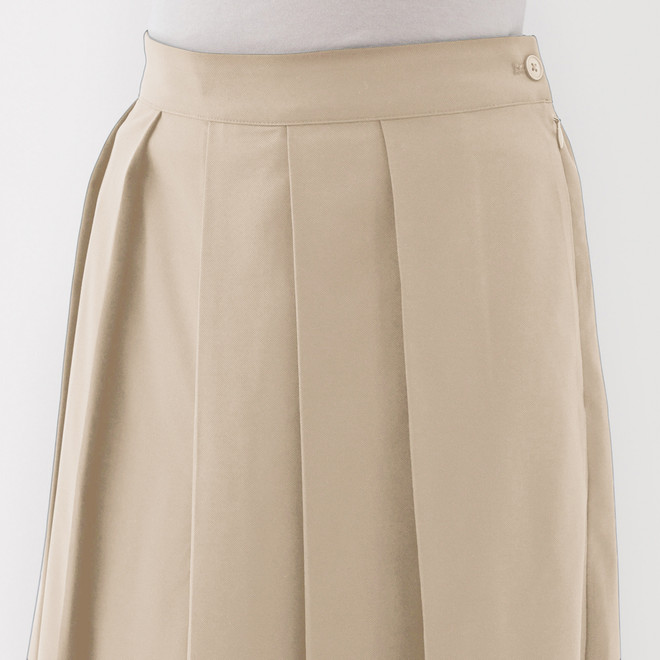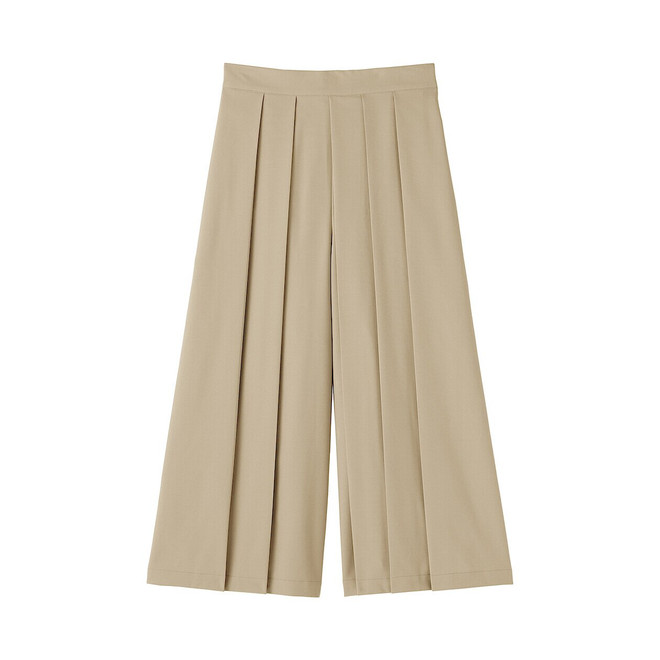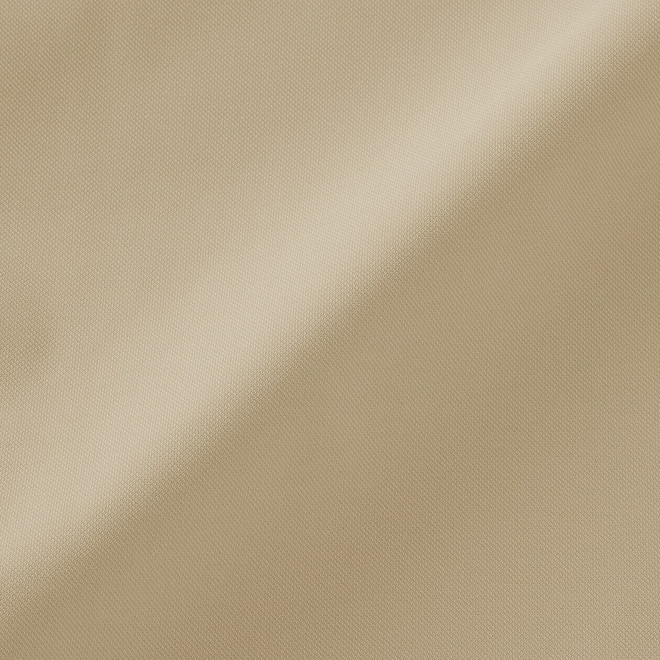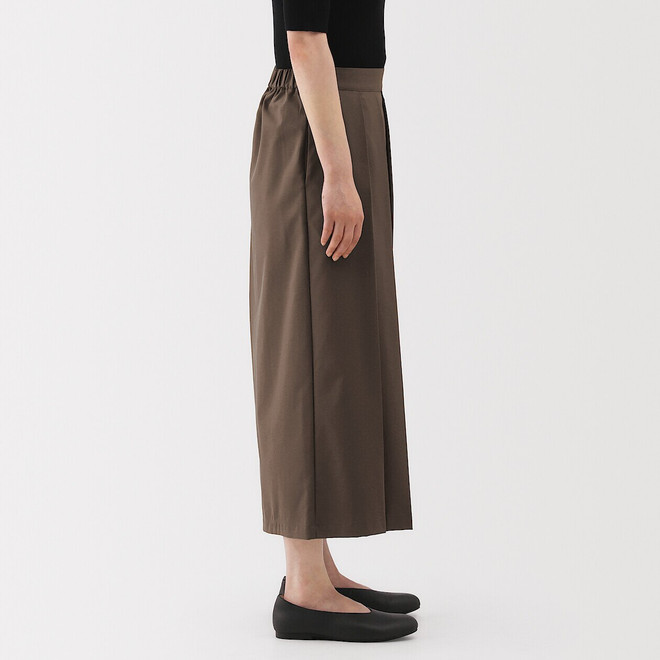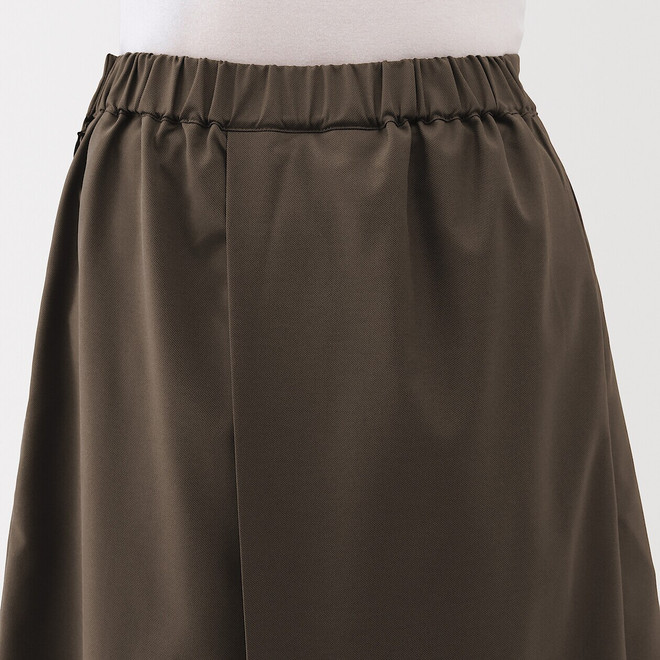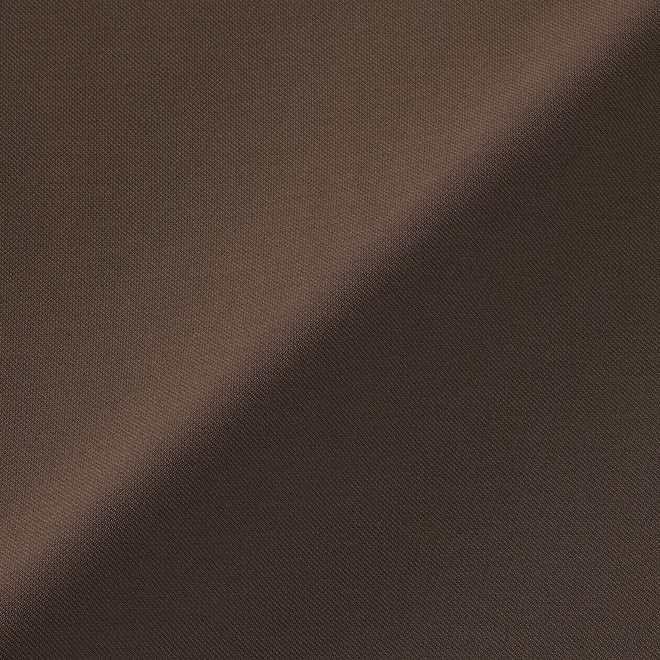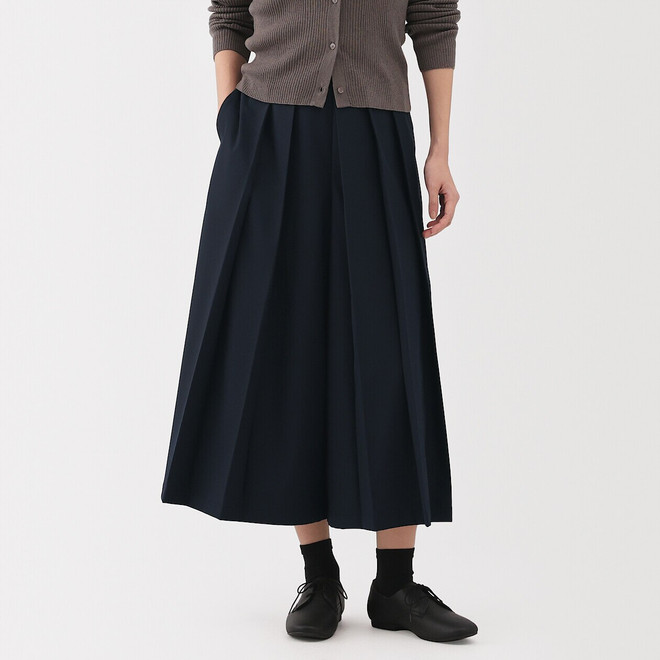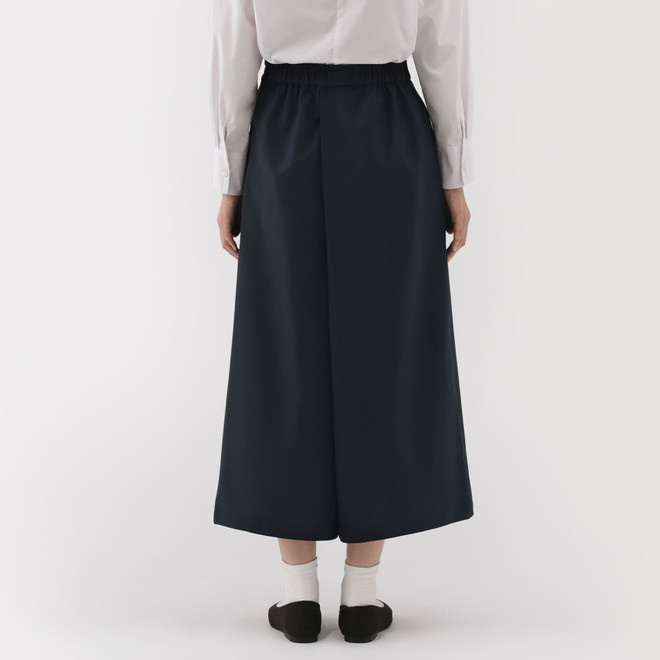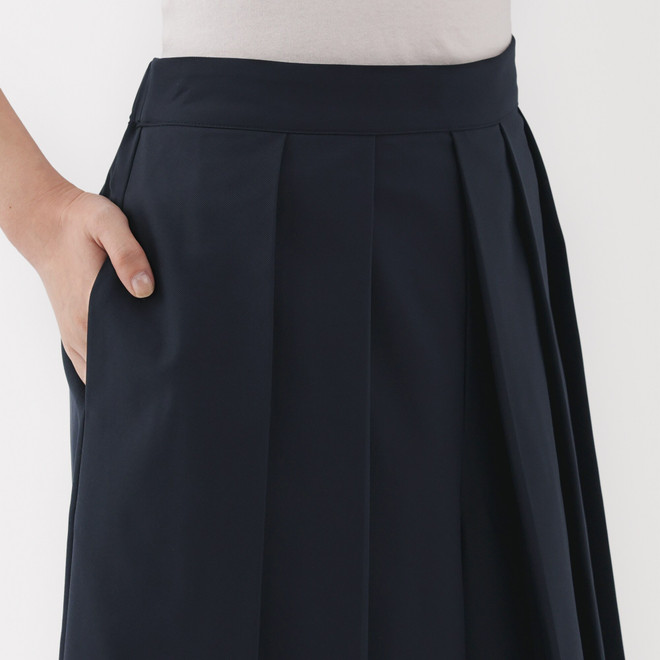Unisex Double Weave Hakama Trousers
Traditional design meets modern styling. Inspired by Japanese heritage, these double weave hakama trousers offer a relaxed fit with pleated details for a structured yet flowing silhouette.
‐ Relaxed fit: for ease of movement and comfort.
‐ Pleated details: for a timeless, structured look.
‐ Double weave fabric: durable and breathable for everyday wear.
‐ 75% recycled polyester: made with eco‐conscious materials.
Note: There are holding stitches at the bottom of the trousers to preserve the pleats during transport. Please remove them before your first wear.
The Hakama trousers were originally designed for women, but they are also suitable for men and are considered unisex. For accurate sizing, please refer to the women's size chart.
Product Details:
- Weight:
- 0.44 KGS
- Material:
- 53% elastomultiester 47% polyester
- Country or region of origin:
- Camdodia
Delivery:
Looking to buy a large order? Contact Us and we'll be happy to help.
Rooted in tradition, designed for ease of movement
Hakama are traditional Japanese clothing, recognisable by their pleated, skirt-like form. Once worn by samurai and scholars, they later became formal wear for both men and women and are still seen at graduations and traditional events. They embody dignity and freedom of movement in a timeless design.
Learn more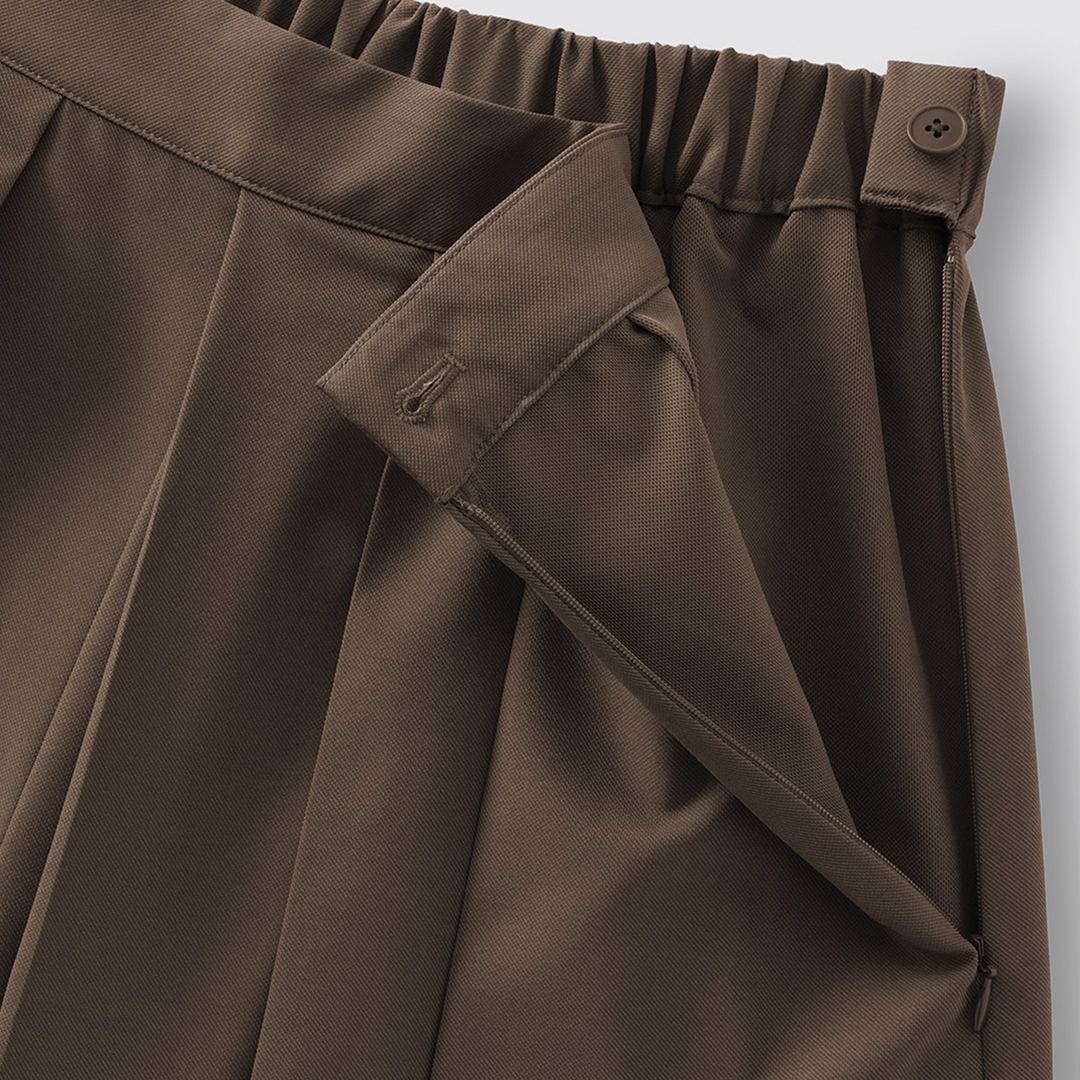
Double-weave fabric
Hakama trousers are crafted using a double-weave technique, creating a durable, layered fabric with natural volume - perfectly balancing elegance and comfort.
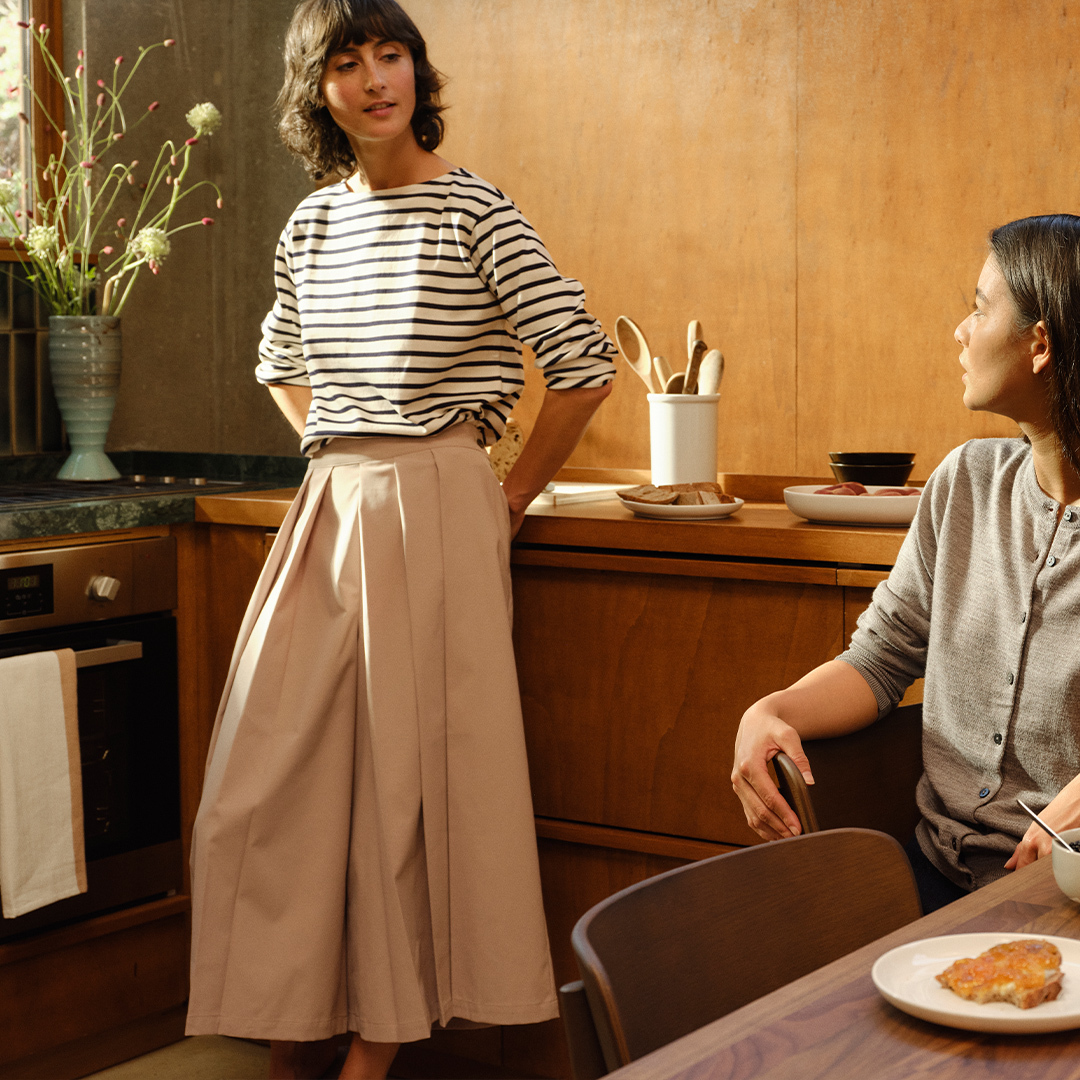
Wide-legged comfort
The back structure creates ease of movement and a relaxed silhouette.
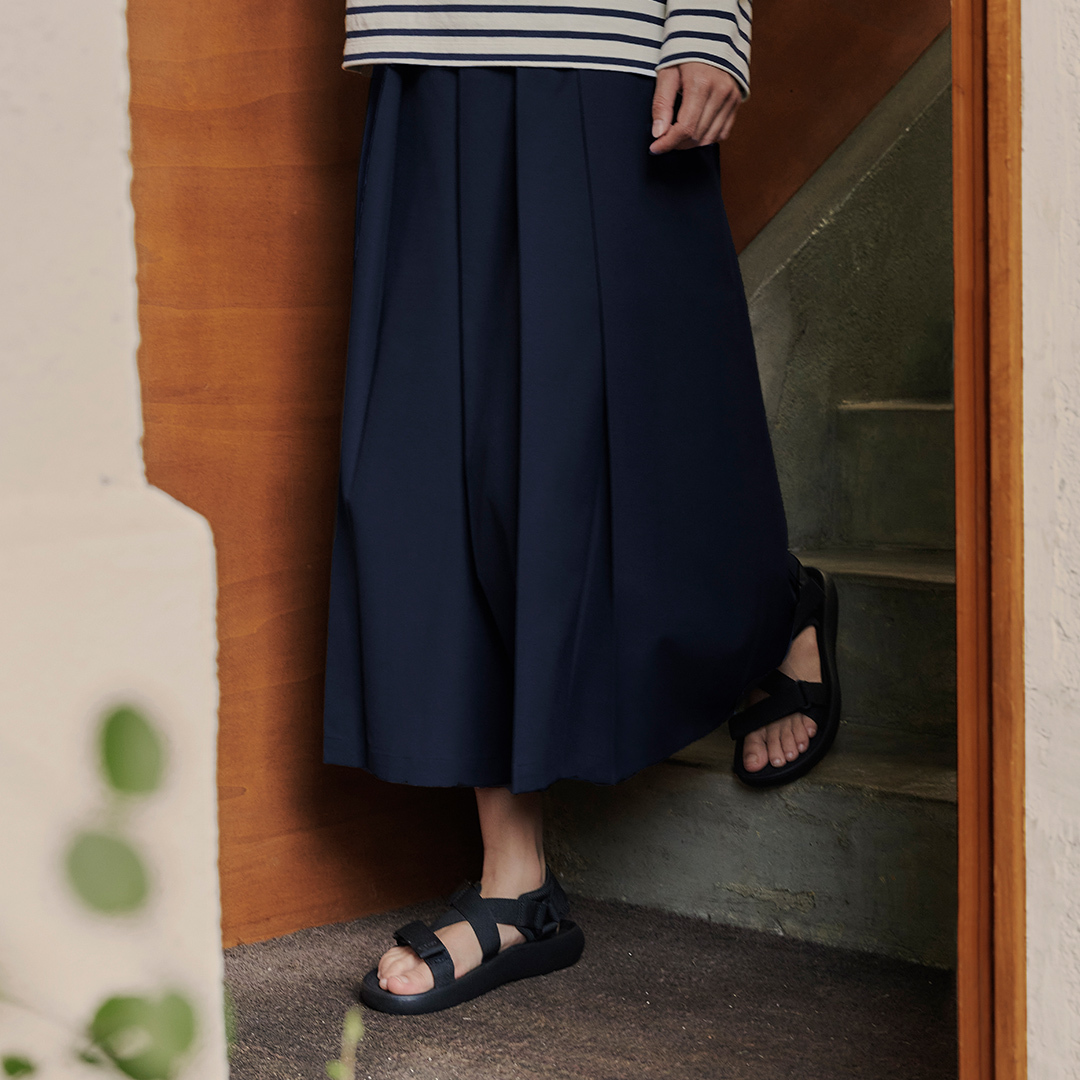
Unisex & versatile style
Suitable for both men and women for casual and refined daily wear.
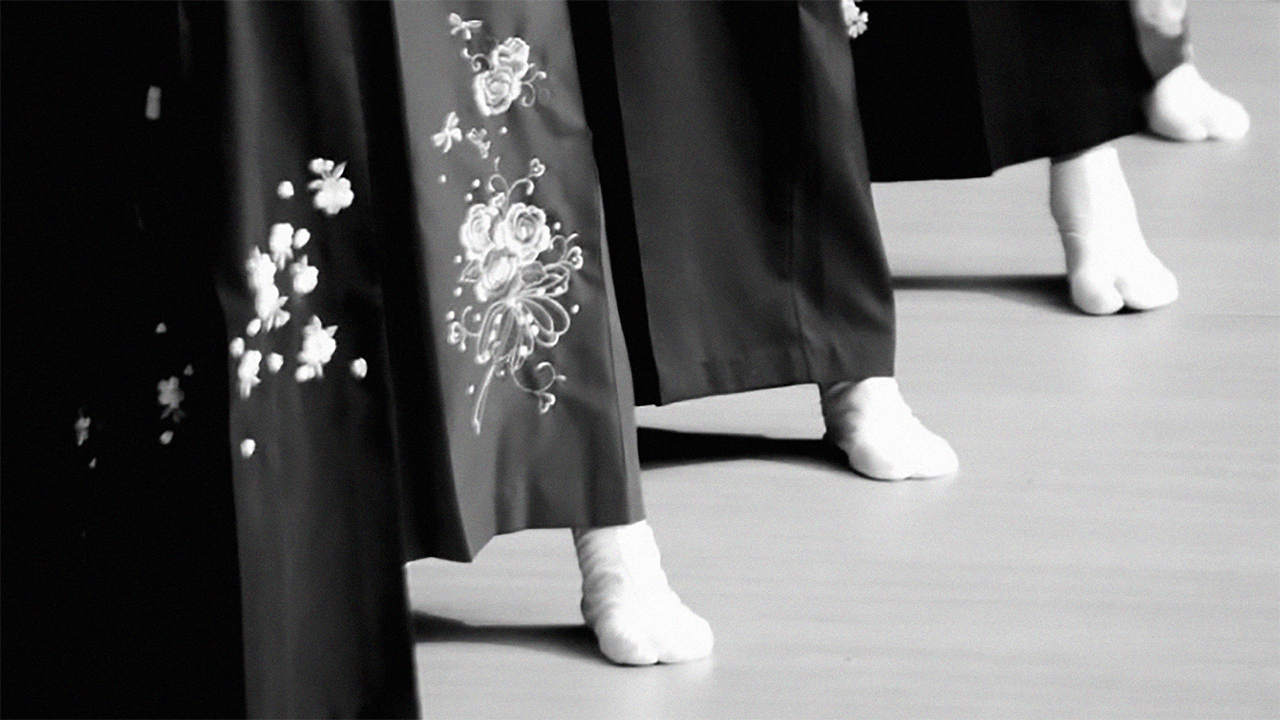
Inspired by tradition
A reinterpretation of the Japanese hakama, carrying forward its heritage in a modern form.
The Heritage of Hakama
Hakama have a long and layered history in Japan, first mentioned in ancient texts like the Kojiki and Nihon Shoki. Originally practical garments, they evolved into ceremonial wear for samurais, scholars and women, and later became school uniforms for girls, symbolising education and independence1.


